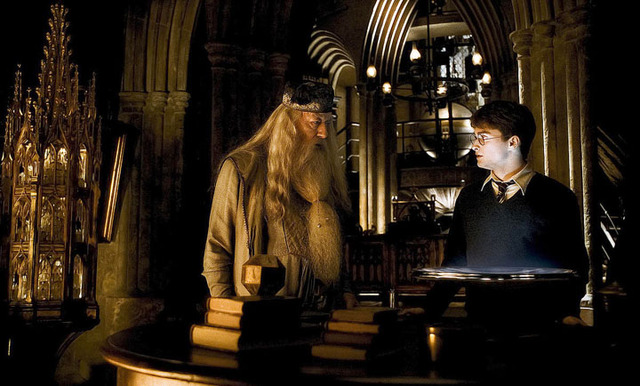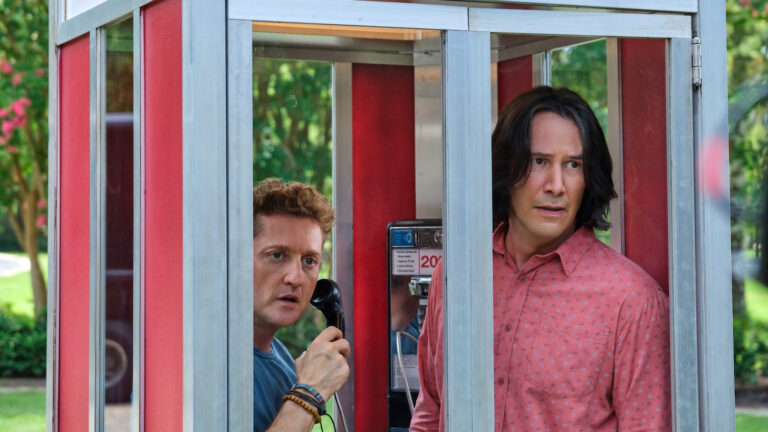Film Review: Harry Potter And The Half-Blood Prince
The Magic Doesn’t Run Dry In Potter’s Sixth Outing


“Wait. This movie isn’t in 3-D? Then what did I pay an extra two dollars for?”


